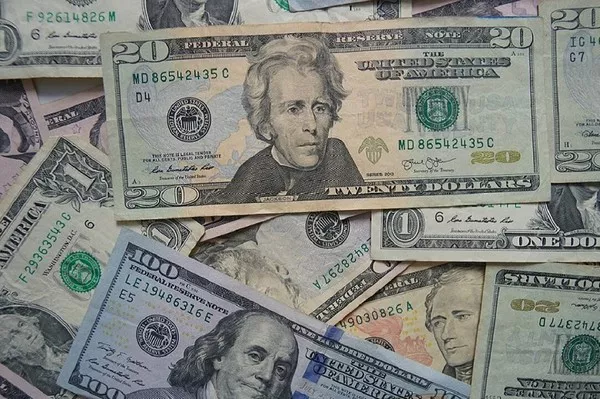The United States Dollar (USD) is one of the world’s most widely recognized and utilized currencies. Its significance extends beyond the borders of the United States, influencing global economies and trade. But have you ever wondered who is responsible for issuing USD? In this informative article, we’ll delve into the intricate network of authorities that play a role in the issuance, regulation, and management of the USD. By gaining insights into this process, you can develop a clearer understanding of the forces that shape the world’s reserve currency.
The United States Department of the Treasury
1. The Backbone of Currency
The United States Department of the Treasury holds a pivotal role in the issuance of the USD. It oversees the production of physical currency in the form of coins and banknotes, ensuring that the currency remains accessible and functional for both domestic and international use.
2. The Bureau of Engraving and Printing
Within the Department of the Treasury, the Bureau of Engraving and Printing (BEP) is responsible for producing Federal Reserve Notes (paper currency). The BEP designs, engraves, and prints banknotes with various denominations, incorporating intricate security features to prevent counterfeiting.
The Federal Reserve System
1. The Central Banking Authority
The Federal Reserve System, often referred to as the Federal Reserve or simply “the Fed,” is the central banking authority of the United States. While it doesn’t directly print physical currency, it plays a critical role in issuing and regulating the USD through monetary policy and banking operations.
2. Monetary Policy and the Fed’s Role
The Federal Reserve influences the money supply and the value of the USD through its implementation of monetary policy. It adjusts interest rates, manages the money supply, and engages in open market operations to maintain stability and control over the currency.
The United States Mint
Coining Authority
The United States Mint is responsible for producing the nation’s coinage. It designs, mints, and distributes coins of various denominations, including pennies, nickels, dimes, quarters, and half-dollars. The Mint ensures the integrity and quality of the currency’s physical form.
See Also: U.S. Dollar: Values, Symbols & Denominations
Legal Tender and Regulation
1. Defining Legal Tender
The entities responsible for issuing USD collectively establish it as legal tender, which means it is recognized as an acceptable form of payment for debts and transactions. Both paper currency and coins are designated as legal tender by the United States government.
2. Regulatory Measures
The issuance and regulation of USD involve measures to maintain the currency’s stability and prevent counterfeiting. Advanced security features, such as watermarks, security threads, and holograms, are integrated into banknotes to protect their authenticity.
International Implications
1. USD as a Global Reserve Currency
The USD holds a significant role in international trade and finance. Its status as the world’s primary reserve currency means that many countries hold USD as part of their foreign exchange reserves, adding to its importance and influence on the global stage.
2. Dollar Diplomacy
The widespread use of the USD in international transactions has led to a phenomenon known as “dollar diplomacy.” This term refers to the strategic and diplomatic influence that the United States can exert due to the extensive use of its currency.
Conclusion
In conclusion, the issuance of the United States Dollar (USD) is a collaborative effort involving several key authorities, each contributing to the currency’s physical production, regulation, and management. The United States Department of the Treasury oversees the production of paper currency and coins, while the Federal Reserve System plays a central role in monetary policy and regulation. The United States Mint is responsible for coin production, and the designation of USD as legal tender ensures its acceptance in transactions. The international implications of the USD’s status as a global reserve currency further amplify its significance. By understanding the intricate network of entities involved in the issuance of USD, you can gain a deeper appreciation for the forces that shape the currency landscape and impact economies worldwide.


